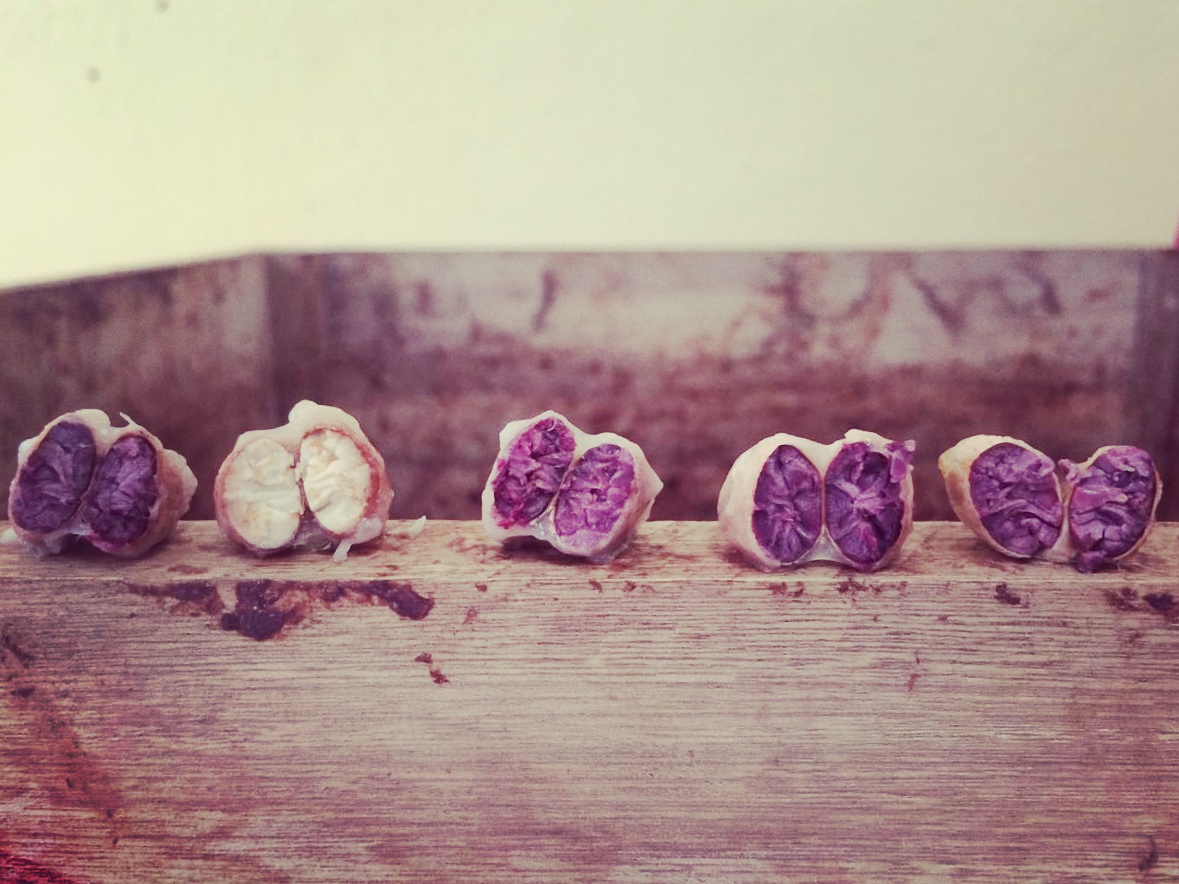An Overview Of Our Solution
- Population Impacted:
- Continent: South America
Organization type
Population impacted
Size of agricultural area
Production quantity
People employed
Describe your solution
Describe your implementation
External connections
What is the environmental or ecological challenge you are targeting with your solution?
Describe the context in which you are operating
Agrofloresta operates in an isolated and hilly zone on the border of Tabasco and Chiapas. The project works with over 200 farms in 11 communities, 3 of which are indigenous and speak three different local Mayan languages. Land ownership is a mix of private and communal lands. Some villages with communal land ownership can be guardians of more than 1000 hectares of hillside rainforest in addition to their cultivated areas. As our leading value chain, cacao represents one of the largest cash crops for producers in the area. The agroforestry systems where cacao is grown in an important reservoir of non-timber forest products for local communities providing many products rich diverse local diets. As the star of local agroforestry systems cacao has suffered from lack of incentives to ensure continuity. The goal of Agofloresta is improve financial incentive and optimize farm management which position agroforestry systems as a strong attractive land management strategy.
How did you impact natural resource use and greenhouse gas emissions?
Language(s)
Social/Community
Water
Food Security/Nutrition
Economic/Sustainable Development
Climate
Sustainability
As a social enterprise our approach is highly sustainable. Revenue generated from the commercial activities help us continue to grow as an initiative and reinvest back into activities with social and environmental objectives. Originally the project was started with private funds and loans taken out by the co-founders, however our aim is to tackle large regional goals therefore we seek to increasingly pursue grant opportunities which help us scale our impact more quickly. The project has a revenue of 55,800 USD so far in its first year of operation.
Return on investment
Entrant Image
Entrant Banner Image
